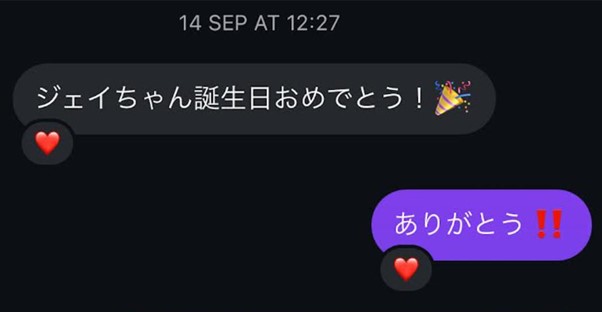If you are a seasoned Japanese learner you have probably fallen victim to using incorrect tone or register in your writing or simply been confused by the difference.
In English, it’s easy to understand tone as the emotion behind the words. “A happy tone”, “An angry tone”, “Uhhh, not with that tone young lady”. On the other hand, register refers to the formality of the words. “I’m pleased to meet you” vs “‘sup broskie”. But some languages have an added complexity of conjugating between registers depending on how the language is used even if the context (formal or informal) is the opposite. This is particularly the case in Japanese. Don’t understand what I mean? Keep reading.
Tone, Register and Vibes
As someone who also struggled with this concept, it was only when I explained it to someone else that I was able to create the following analogy. Before we dive into it, let’s understand how Japanese is written in different text types.
Example 1: Letter to my Bestie, Sakura

Ok, not the best example of how to start off your 手紙 letter, but do take note of the formality. Sakura is my bestie, so I use casual language with her almost like we’re talking or texting.
Example 2: News article

(ChatGPT, 2024)
This is a made-up news example but take note of the endings of verbs. News articles usually give strict vibes so they use formal language. They are also in a written format.
Example 3: J’s EE (Extended Essay)

Any type of analysis or report generally gives strict vibes, thus note the formal register used. However, you may also notice that verbs end in conventionally casual conjugations (although formal register is still used). More on this later.
Example 4: Talking/texting my bestie(s)


Real-life examples! Although ‘text messages’ are not an IB text type, the same kind of language is used in casual speech (also not a text type but necessary to learning a language). Note the casual vibes and casual verb endings.
Tone and Register VS Vibes and Register
So, I hope by confusing you *cough – I mean, showing you the complexity of writing forms in Japanese – I was able to show you that there are several elements you must consider before writing or speaking. To help you, consider the following two questions:
- Formal or casual?
- What’s the vibes?
Revisiting the examples
Example 1: Letter to my Bestie, Sakura

- Formal or casual? Casual
- What’s the vibes? Casual
Therefore, casual language and casual endings.
Example 2: News article

(ChatGPT, 2024)
- Formal or casual? Formal
- What’s the vibes? Formal
Therefore, formal language and formal endings.
Example 3: J’s EE (Extended Essay)

(This one is a little bit of an exception.)
- Formal or casual? Casual (by convention)
- What’s the vibes? Formal
Therefore, formal words and casual endings.
Example 4: Talking/texting my bestie(s)


- Formal or casual? Casual
- What’s the vibes? Casual
Therefore, casual words and casual endings.
Summary
When considering HOW you should write in Japanese, consider the two questions:
- Formal or casual?
- What’s the vibes?
I would recommend confirming the appropriate tone and register for common IB text types with your teacher or tutor and then create a list. Practice recalling this information whenever you complete writing tasks, and only use the above questions as a logical guide if you forget.
Best of luck,
J